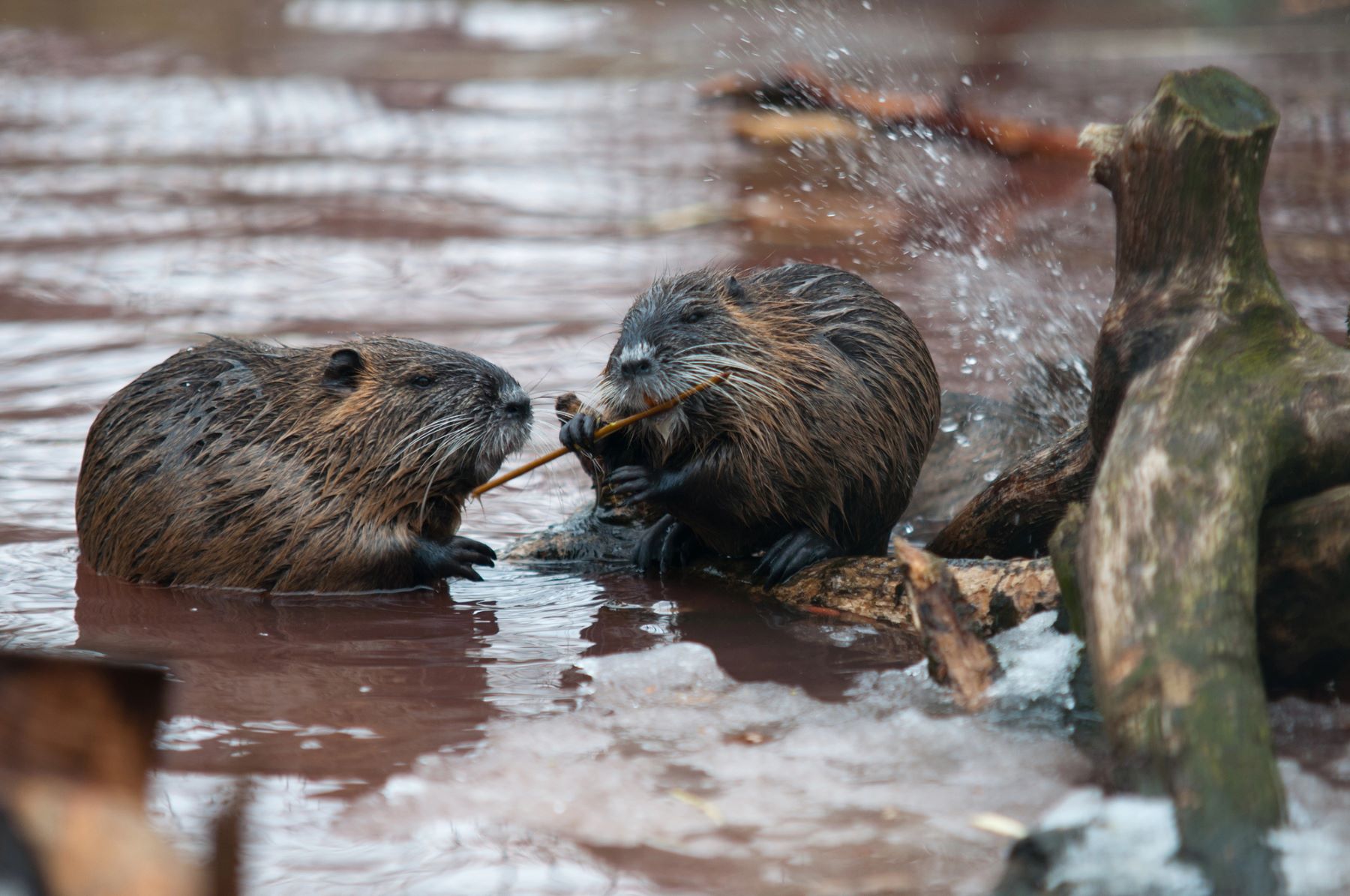That of the invasive species It is one of the problems that need to be urgently addressed in the EU COP16because they are relevant to biodiversity loss around the world. And Latin America is an example of the damage they can do.
At the Conference of the Parties to the Convention on Biological Diversity (COP16) that takes place in Cali, Colombia, will be addressed how countries will reduce biological invasions by 50% by 2030.
In the context of the COP16Mongabay Latam explains the environmental impact caused by the hippopotamus, the paiche, the tilapia, the American mink, the water lily, the kikuyu, the beaver, the African snail, the European hare, the cactus moth and the Antillean coquí frog in the biodiversity and ecosystems of the region.
COP16: don’t forget invasive species
Invasive species have contributed to 60% of all recorded extinctions worldwide. The Intergovernmental Science-Policy Platform on Biological Diversity and Ecosystem Services (IPBES) published the first global report on invasive alien species. The document highlights that 218 of these species have caused the extinction of 1,215 species of plants and animals around the world.
Invasive species: silent enemies of global biodiversity
Did you know that there are animals that are considered ‘invasive’? And that those species already are that seriously threaten the biodiversity of our countries? We investigate the enormous environmental impacts of the hippopotamus, paiche, tilapia, American mink, water lily and kikuyu on the flora and fauna of Colombia, Bolivia, Ecuador, Argentina, Mexico and Peru.https://youtu.be/ l0SfCP1X2uM


In Colombia, four hippos were brought by drug trafficker Pablo Escobar in the eighties. Since then, this species, considered invasive as of 2022, has expanded uncontrollably in the middle Magdalena River basin. Their presence has serious consequences for ecosystems and biodiversity of the country.
Uncontrolled
According to an IPBES report, almost a fifth of the Earth’s surface is at risk of fauna and flora invasions, which could have serious consequences on a global scale. Mongabay Latam; The Space Bar, from Ecuador; El Tiempo, from Colombia; and La Lista from Mexico investigated the consequences this has caused the beaver, the African snail, the European hare, the cactus moth and the Antillean coqui frog in the region’s biodiversity and ecosystems. Read more here
The beaver plague
For more than seventy years, the beaver has been destroying the forests of the Big Island of Tierra del Fuego, between Argentina and Chile. The species, considered exotic and invasive on the Argentine side, has done just that other ecosystems seriously affected such as aquifers and peatlands, important wetlands for retaining carbon dioxide. In both countries, losses from direct damage to forests caused by this species are estimated at more than $100 million per year.
Invasive species that have reached new areas due to negligence, carelessness, accidents or simply a lack of human common sense can become a serious problem for local biodiversity because, if they manage to become established, They can wipe out other species taking away their food and habitat and even setting them on fire. Therefore, it is crucial that in the COP16 Drastic measures are being taken to solve this problem.

